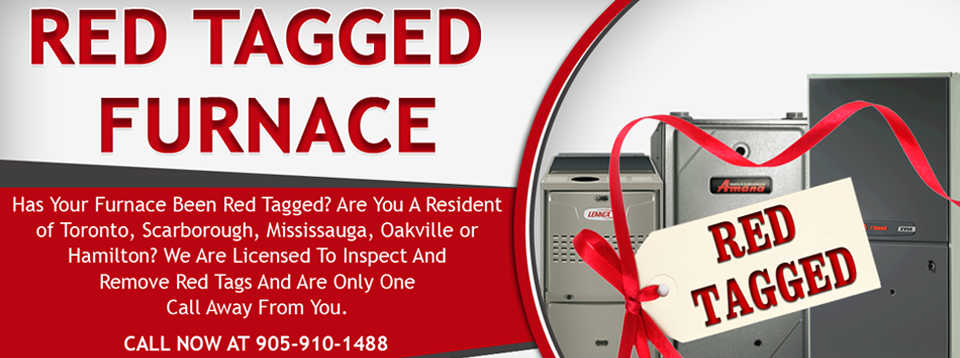Since the term Air Handler could be new to some people, we better explain what an Air Handler is before going into the details of its maintenance. Air Handling Unit (AHU) or Air Handler is a device which is used to regulate and circulate the air as part of an HVAC system. Apparently, an Air Handler consists of a metal box large in size which has a blower, filter chambers, heating and cooling elements, dampers and sound attenuators. This device called an Air Handler is usually connected to a ductwork system that spreads the air throughout the home and then returns the stale and non-conditioned air back to the Air Handler. Not only does an Air Handler regulates and circulates the air, it also cleanses it by using Air Filters. In order to have an effective circulation of cold air throughout the home, Air Handler system is necessary if you’re using a Heat Pump.
Air Handler Maintenance Checklist
Who doesn't want home comfort? Anyone in the house? Na! No one! All of us want to enjoy an ultimate comfort when we're at home but we often forget that this comfort comes with the help of some appliances and that appliances need maintenance too. In a hot Summer afternoon, what makes our afternoon soothing is the operation of an Air Handler. So if you wish to never run short of that comfort, make sure you're keeping good care of all your home comfort heating and cooling appliances, primarily your Air Handler. Consider checking the overall system efficiency. Here goes the checklist:
Check Fan Blades
Just like the fan blades of Air Conditioner need to be cleaned for optimal performance, the fan blades of an Air Handler also want this cleaning. Blades accumulated with dust and debris have a hard time doing their job. Ease their discomfort by cleaning the blades carefully as to neither damage the blades nor hurt yourself. Use a soft brush preferably.
Check Moving Parts
The moving parts of the device need to be checked for corrosion, rust and repair needs.
Check Fan Shaft
Done with checking fan blades? Now check the bearing collar set screws on the shaft. Are they tight? If not screw them.
Check Dampers
Do not forget dampers in your checklist. The dampers have to be clean for optimal performance and if dust and clogs are found on dampers, you know what to do; cleaning. Also, check that dampers linking and actuators are aligned and operational. The damper connections need lubrication too.
Check Coils, Valves and Refrigerant Lines
All the coils, valves, refrigerant lines, have to be cleaned and should be free from leaks and other damages
Check Condensation Pans
When checking your Air Handler, carefully check the Condensation Pan which sometimes gets rusted. It has to be rust-free in all conditions.
Check Cooling Coils
Are your cooling coils drain and blown to remove moisture? If this is not the case, make the settings.
Check Freezestat
One of the most important checklists is checking of Freezestat. Carefully check its set temperature and also make sure that it is operating well.
Great! You did it you did it! Congratulations!
Taking care of the home comfort heating and cooling appliances does require an effort but once you're done with maintenance, not only you feel good from the inside, you also feel relaxed on the outside when the comfort is doubled. Remember that no appliance can ever work efficiently or last longer without proper maintenance. So whether it is a heating and cooling appliance or any other, maintenance anyway. That's good for you good for your appliance.
Happy DIY Maintenance!




